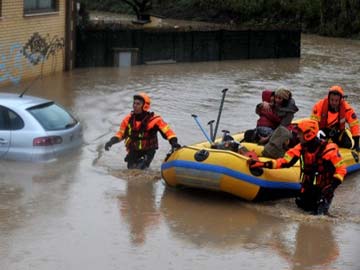It is somehow embarrassing to admit that when one comes to Stockholm as a Finnish tourist with a Finland ferry (or Sweden boat, if one takes a Finnish point of view) one’s view of the town is limited. Depending on the reason from the travel, i.e., if it is for pleasure, shopping or cultural pursuits, the underground will take one to the Old Town and its restaurants, big department stores around Slussen or to the Djurgården or beyond, if one goes to different museums. If one comes from Turku/Åbo, one tries to kill time at the railway station or McDonalds, and if one comes from Helsinki/Helsingfors, one is lucky to leave the boat before it leaves again, if the evening before has been especially ‘eventful’.
For years people have talked Södermalm as an up-and-coming area – and with the Millennium trilogy it has certainly become world famous. Sadly, before today my main experience was the well-beaten track to the local waterpark/swimming pool. I had very little understanding of its history beyond a general idea that it is a hipster’s world nowadays.
After returning back to Stockholm and cleaning up my flat but before doing my weekly shopping, I decided to go and familiarize myself with the island. It is really an island. As for a tourist, the walk from Slussen to an area higher up to the other side of the cliff seemed out of reach and too far away when looking from the quayside in the Old Town. The Viking Line terminal, technically on Södermalm is cut away from the residential areas by cliffs and roads, so one always just whisked past it.
Today I got up from the underground and started exploring this island that essentially looks like central Helsinki (or vice versa). The stone houses from the late 19th century or early 20th century, some with beautiful Jugend-style decorations, turrets and balconies, line main streets and narrower lanes. The Sofiakyrkan has the same kind of early 20th century styling as does the Tampere cathedral with strong Jugend-influences and beautiful internal decorative details. The outside refers heavily to the medieval church architecture with clear early 20th century style. The location on top of high bedrock rock gives unique vistas across the island.
The bespoke boutiques, hipster cafeterias and bars, Urban Deli and the bloke working on the computer screen in a ad agency on a Sunday gave away the fashionable character of the area. Nevertheless, the historical reality of the poor area with small cottages for working families became clear when one walked along the fringes of the cliffs where the poor built their tiny homes. There a series of information boards told of tar workers and sailors who filled the island once – with an average 7 persons in every room! It is hard to believe that today’s poor cannot dwell here but populate the suburbs along the farthest underground stations.



